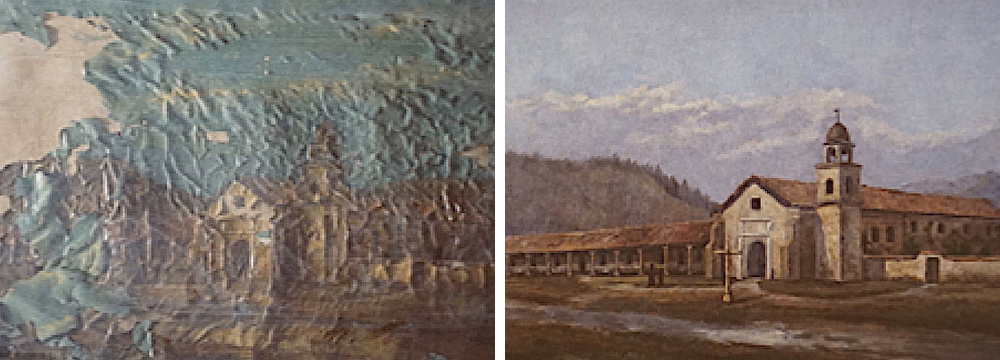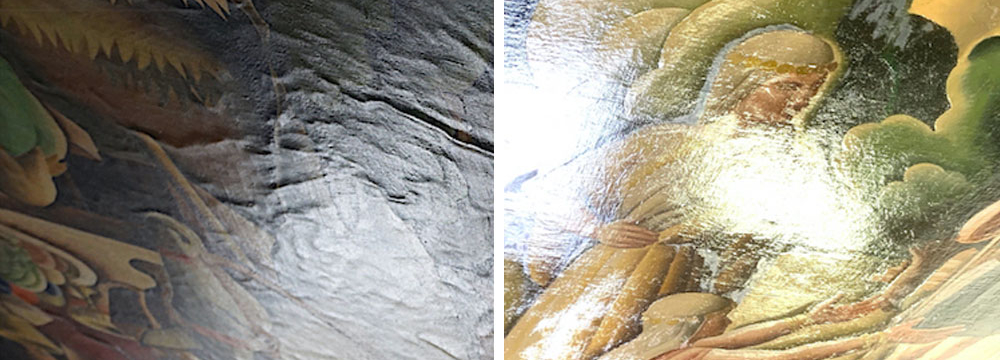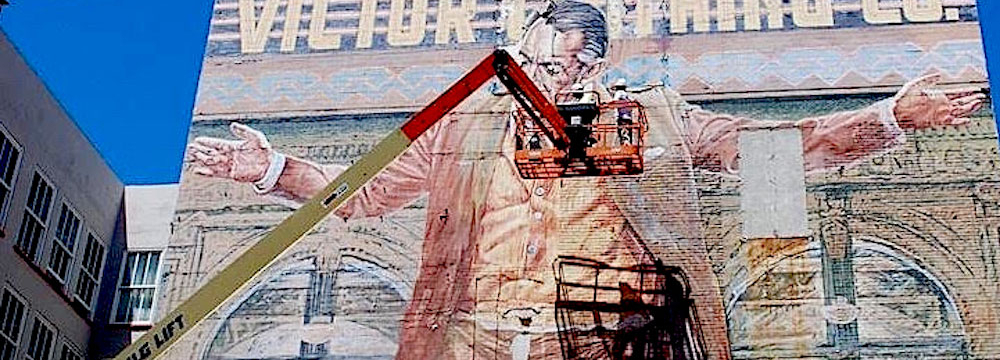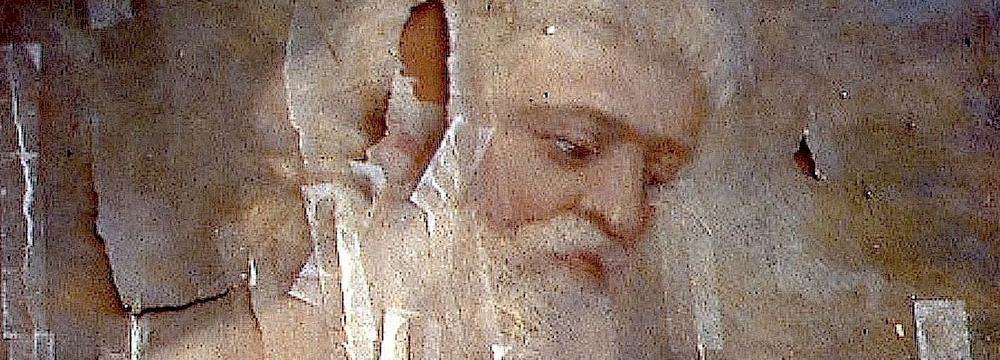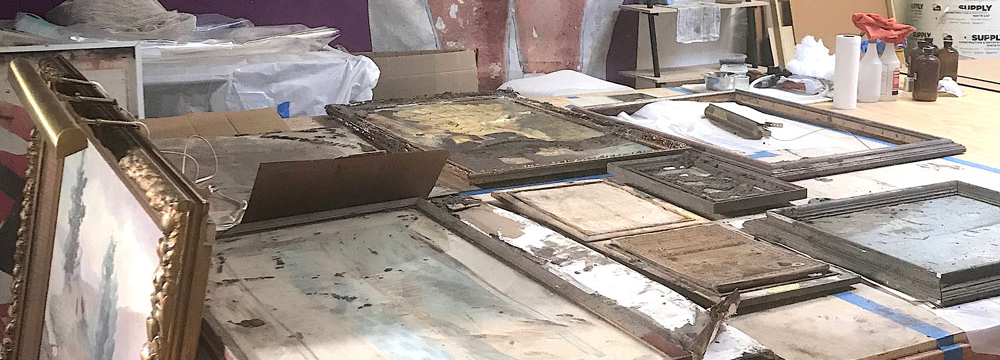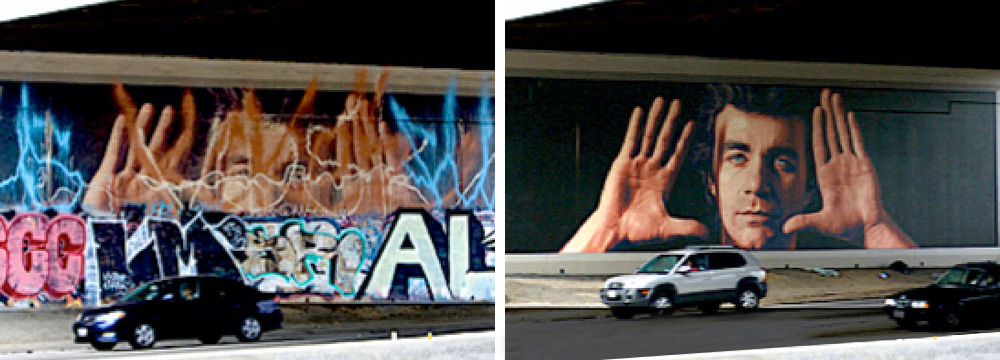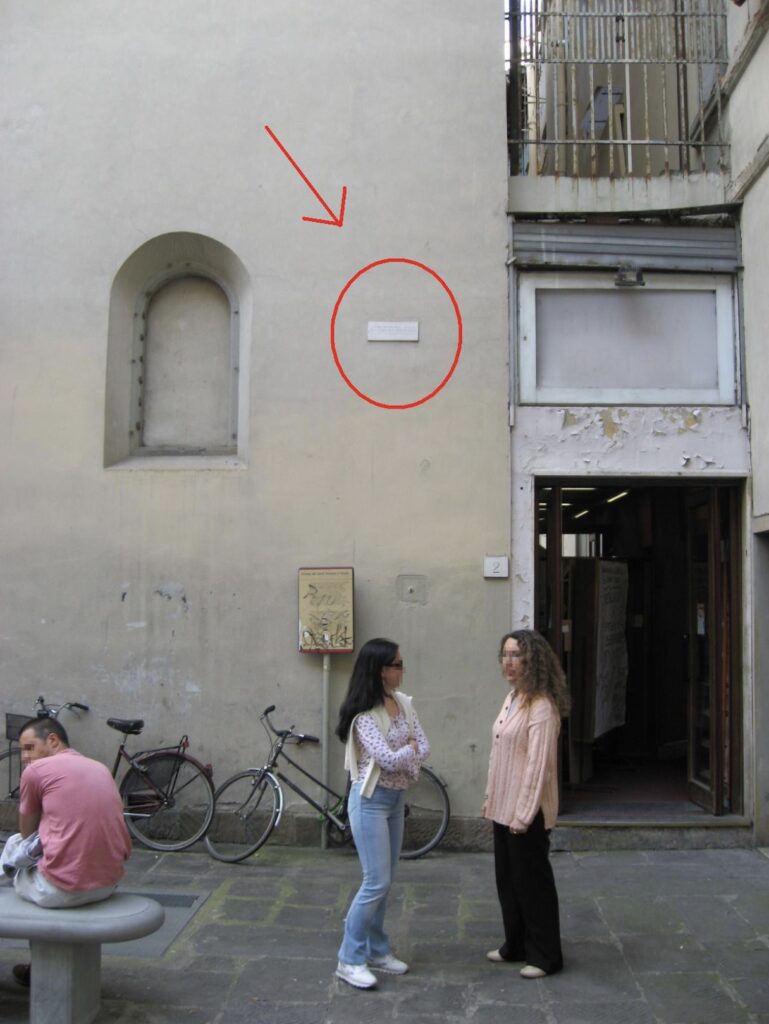This blog post has been syndicated at ExpertClick.com. What does it mean that this article is “ syndicated”? See end of article for explanation.
Traditional art restoration emerged from the shadows, and the floodwaters, of the Arno River after the catastrophic flood of 1966 and became the professional discipline of art conservation. It was at this point in time that the world was shocked into collaborating to Save the extraordinary and irreplaceable artistic and literary patrimony housed in Florence. It is considered the cities worst flood since 1557! There are several significant reasons that I have it as a date to remember on my calendar. Here’s a good video summary of the efforts still being made decades later.
I’ve been to the Opificio delle Pietre Dure, the art conservation center in Florence, many times over the years and saw these art treasures in the video while they were being worked on.
A few inside details that you may enjoy knowing… I was told by Director Matteini of the conservation center that the crucifixion by Cimabue, one of Italy’s foremost Gothic artists along with Giotto, had been in bad condition and had been stored in the basement of the church for who knows how many decades. In the defense of its clerical caretakers, Florence was under severe strain in two world wars and a revolution over the last century or so and there have been many reasons why works of art have been hidden, sometimes in great haste. Whatever the reason, the 14.5′ tall Byzantine masterpiece was forgotten and considered lost as the decades passed and people rotated through the administration of the church . Imagine the surprise by salvage workers who were pulling art out of flood water and mud to find one of the worlds greatest lost works of art!
The Vasari Last Supper was such a huge mess… true heartache plagued everyone at the art conservation center where it was stored for decades, pushed to the back of the waiting line because of its severe, poor condition. The Italians were geniuses and wizards as they eventually overcame these challenges and came up with an amazing, wonderful result. When I saw this 12 ft wide work of art at the Opificio, it made my blood drain from my face it was so sad.
“They” say that the Chinese symbol for chaos or crisis is the same as “opportunity.” In any case, the philosophical thinkers spanning millennia often expressed the positive mental attitude that after a disaster or crisis, commitment which generates positive energy and resources are result in great opportunities. Such is the case with the worlds response to the 1966 flooding of the Arnold in Florence Italy. Badly needed resources that were never available previously were galvanized into applying the sciences to the preservation and restoration of artistic, historic and cultural testimonies so important to our collective memory. Indeed, the disastrous flood of the Arno River is worth remembering.
Questions about your art, even though you may feel its only a family portrait or heirloom? Call us for a chat at 805 564 3438 or gena.FACLBusinessManager@gmail.com
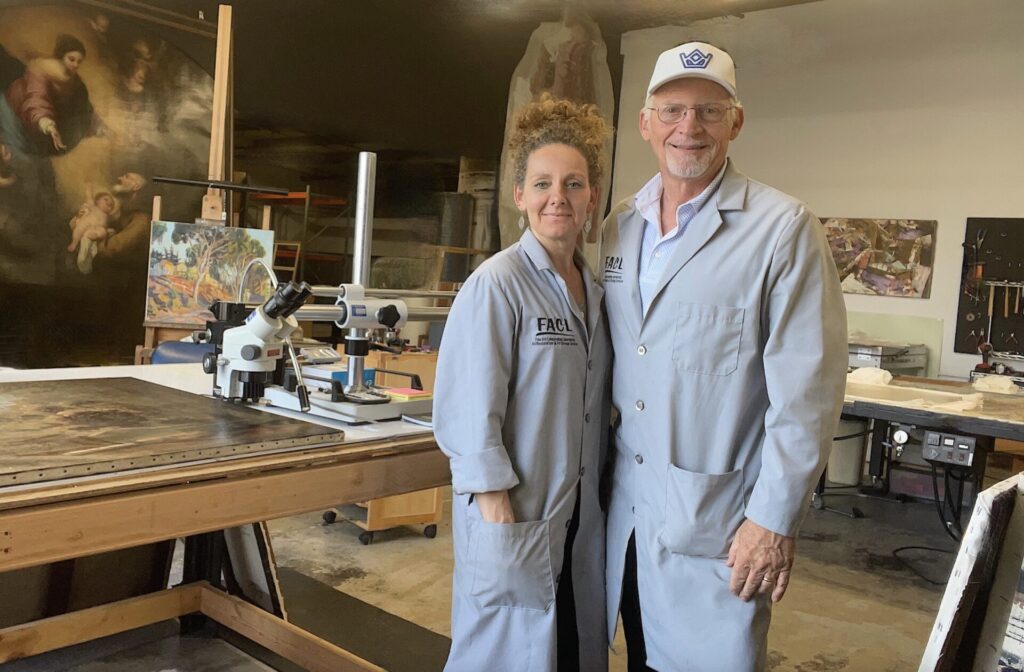
Scott M. Haskins and Virginia Panizzon, veteran art conservators at Fine Art Conservation Laboratories
This blog post has been syndicated at ExpertClick.com. What does it mean that this article is “ syndicated”? See end of article for explanation.
Its a bit of a coup to get an article syndicated, and its certainly prestigious, as additional “proof” that the info and the author are considered far and wide authoritative and an expert in the field. So, enjoy and trust our content!! This article was syndicated for USA national redistribution.
When something is published, usually by a news source, and is made available through different venues for redistribution then it is said to be syndicated. Publications that are syndicated are usually considered of value as being from an expert, educational, new worthy or valuable for wide popular interest. See syndication page at the renowned publicity site: https://www.expertclick.com/NRWire/Releasedetails.aspx?id=300056
This website’s syndication included:
1) Included in the ExpertClick Press Room as a ‘press release.’ (different than a ‘news release’)
2) Included in the ‘Speaker Bureau Platform Page.’
3) Shown on the front page of ExpertClick, in rotation with other most recent posts.
4) Shown in the ‘News Release Results page.’
5) Included on optimized for searches on all my topics of expertise.
6) Shown via RSS linked from the Press Room. (A specific way news is actively distributed within the industry)
7) Shown in the full RSS feed from ExpertClick. (Another, different specific way news is actively distributed within the industry)
8) Syndicated to LexisNexis.com As of 2006, the company had the world’s largest electronic database for legal and public-records related information, distributor of academic content and expert opinion.
This article has been syndicated at https://www.expertclick.com/NRWire/Releasedetails.aspx?id=300056

